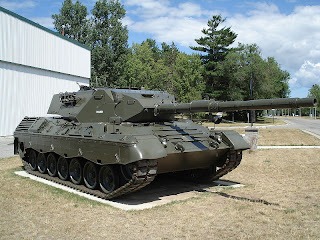Because we developed a storyboard early on in the project we were able to produce some sort of story which we could work around. Although a few of the scenes changed slightly the final product resembles the early sketches. Good planning has had huge benefits in helping us produce an environment which looked nice but also worked in a realistic sense. The good organization of the group and its commitment to the project payed off as we produced something which we set out to achieve from the very beginning. The group has had its difficulties but we have maintained a business like posture which has ultimately brought about the project's success. Another aspect which has been beneficial to the whole group is the fact that we have all helped one another when difficulties arose. That is to say that we have all had a go at different tasks whether it was lighting animating, texturing or modeling. The fact we tried different roles within the project means that we learnt a lot more than if we had assigned roles to different members. This also had a knock on affect on work flow. We did not have to wait for a team member to finish a job which would hold up production. Because we integrated with eachother as a team we assisted each-other to get the job done. This shows not only the friendship we had but the professional stance we had to the task in hand. Because we involved ourselves with different aspects within the project we learnt different techniques we otherwise would not have tried.
The project itself was a huge learning curve as we had to combine many different skills to achieve a product which met the brief's requirements. We will take the aspects we achieved in this project and apply it to future projects. This is not limited to skills within specific programes but the way in which we conduct ourselves as a group when planning a project and participating in different aspects. Having a shared vision is key to the any project's success. The leadership of our director also played a huge role in bringing about the end result.
I am overwhelmed with the amount of work I produced while working on the project as well as its quality. I believe I have matured as a person as well as an artist that can convey the wishes of the director. My skills in various programs has improved ten fold especially within maya and zbrush. I hope to use these programs in the future when creating other projects. The project has allowed me to experiment with different programs and explore my artistic skills to a new level which will eventually be useful to an employer.
Although there were a few problems during production I am very happy with the outcome. The visual style is theatrical and immerses the viewer in an alien, hostile world. The sound effects and lighting enhance the moving images and bring new dimensions and weight to the environment. The work put in from team members has been outstanding and It would be a pleasure to work with such artistic and motivated people in the future. Thanks to Chris, Tom, Ben and Andy for all there hard work as well as encouragement throughout the project, nice one guys!




























































